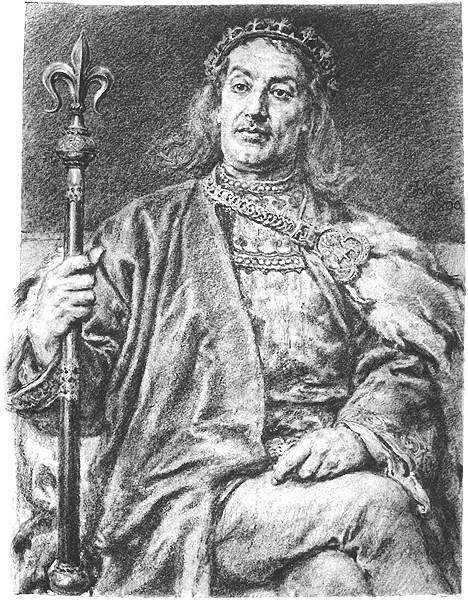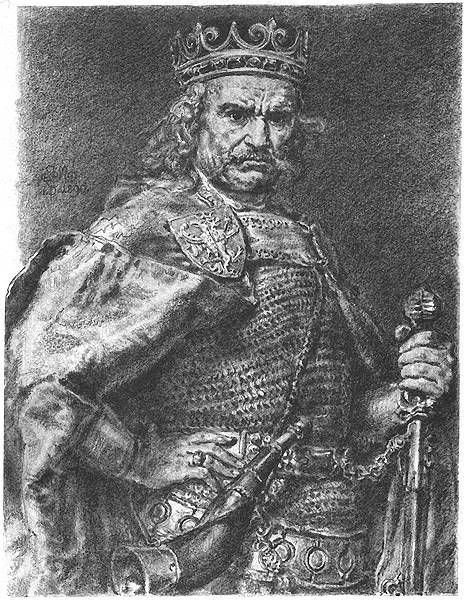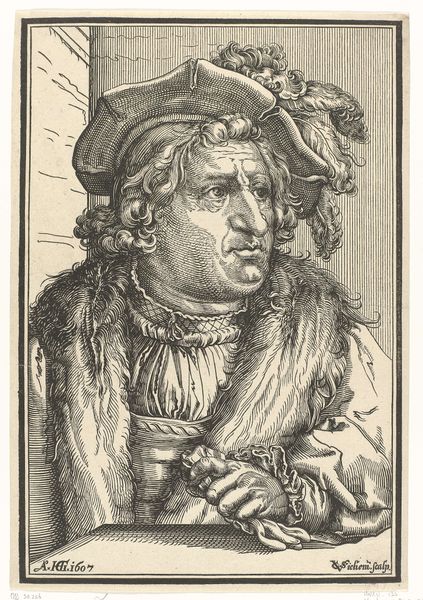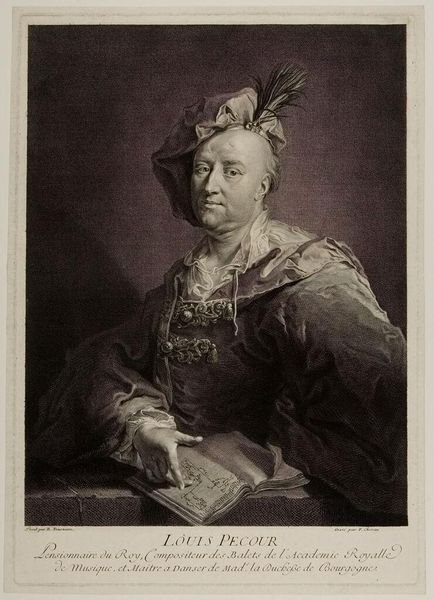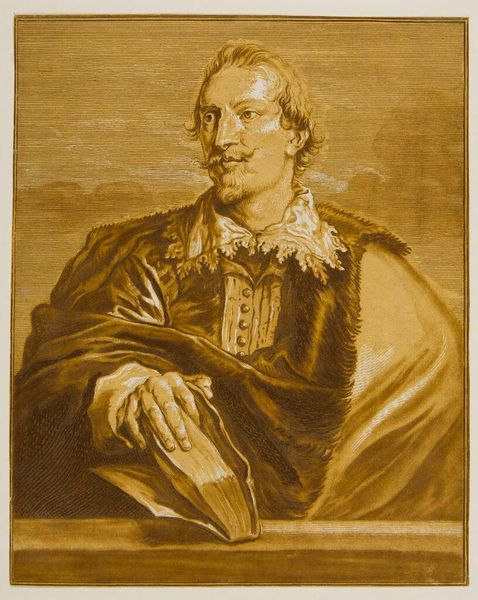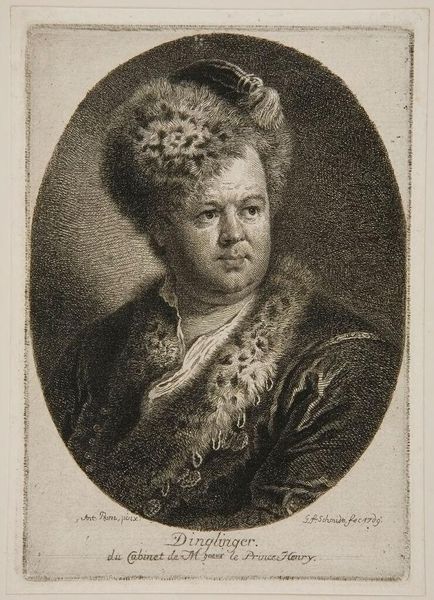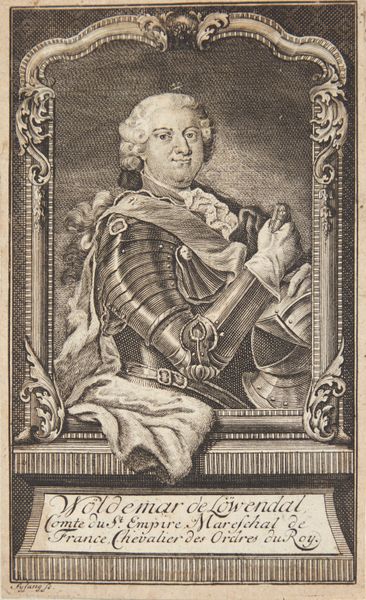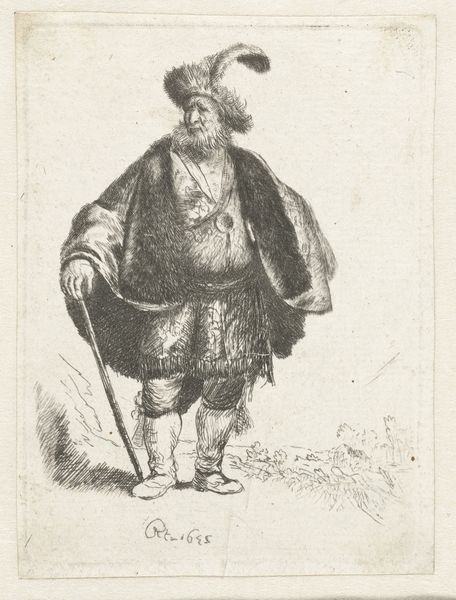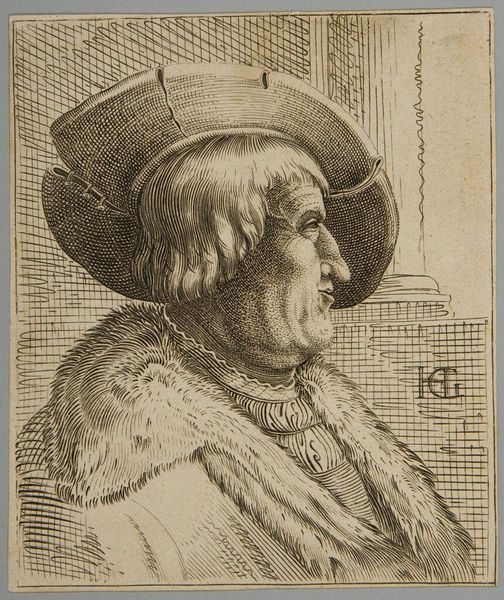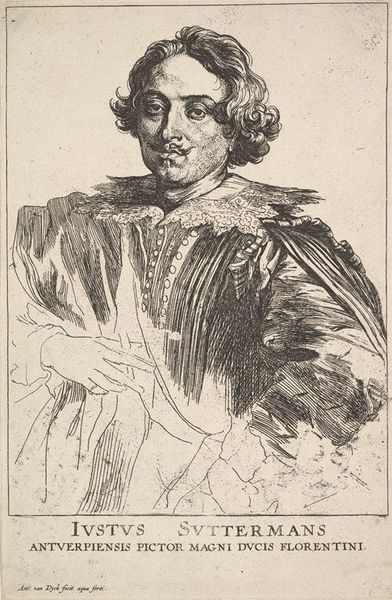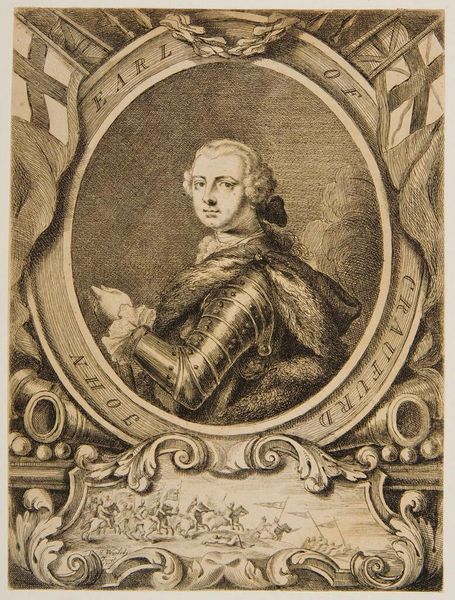
drawing, pen
#
portrait
#
drawing
#
pen
#
portrait drawing
#
history-painting
Copyright: Public domain
Curator: This is Jan Matejko’s "Augustus III," a portrait drawing rendered in pen. Editor: My first thought? Opulence bordering on discomfort. The sheer volume of fabric, the towering feather... and he's casually holding a teacup? Curator: Absolutely. Matejko often used historical figures to comment on Polish identity, politics, and the aristocracy, even posthumously. Here, Augustus III, King of Poland and Elector of Saxony, becomes a figure through which to explore issues of power and consumption in the 18th century, and arguably, also issues of Polish subservience to foreign rulers. Editor: And you see that played out in the materiality, right? The pen strokes meticulously build layer upon layer to construct these elaborate textiles, the weight of his garments seemingly materialized through this intricate process. The consumption wasn't just in having those textiles but in producing them. Curator: Yes, and the choice of drawing, typically seen as preparatory, might be a deliberate gesture questioning the very nature of courtly representation and challenging any glorified, mythic telling. Editor: Look at the detail on the teacup though, how much visual information Matejko manages to get across with relatively simple pen strokes to depict a luxury item being wielded without thought for its making. Is this perhaps the artist implying disregard for labour, tradition or history? Curator: Exactly. Through a contemporary lens, the excess screams of colonial exploitation; Augustus’ wealth and power intrinsically linked to exploitative systems operating far beyond the frame. Editor: The detail really points us to labour, and trade, to manufacture and extraction as core to Augustus III's wealth. It prompts an intersectional reading that critiques not only the monarch himself, but the systemic injustices upholding his position. Curator: Ultimately, it's about recognizing the interconnectedness of political history, socio-economic context, and cultural representation to understand this piece and Matejko’s complex commentary. Editor: A piece that uses materials and its making to expose larger power structures and histories of production which made a king’s leisurely cup of tea possible.
Comments
No comments
Be the first to comment and join the conversation on the ultimate creative platform.

